Next: Square Triangles and Fermat's Up: The Congruent Number Problem: Previous: Elliptic Curves Modulo Contents
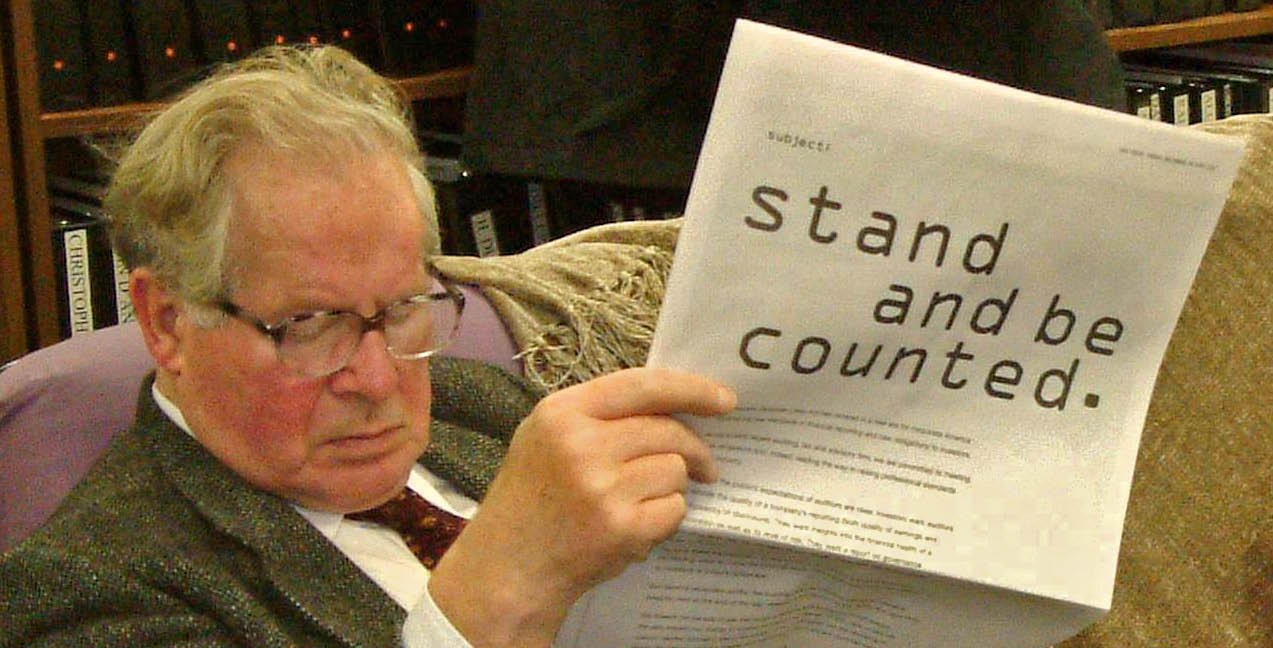

Let ![]() be a positive square-free integer. This means
that no perfect square divides
be a positive square-free integer. This means
that no perfect square divides ![]() .
Let
.
Let ![]() be the elliptic curve
be the elliptic curve
If
For any prime ![]() ,
let
,
let
where

This is a major open problem in number theory. If I don't solve this problem, I hope one of you does!
As the notation suggests, ![]() is the value
of a function at
is the value
of a function at ![]() . I will not define the general
function, but here are some plots of
. I will not define the general
function, but here are some plots of ![]() for
various
for
various ![]() :
:
![]()
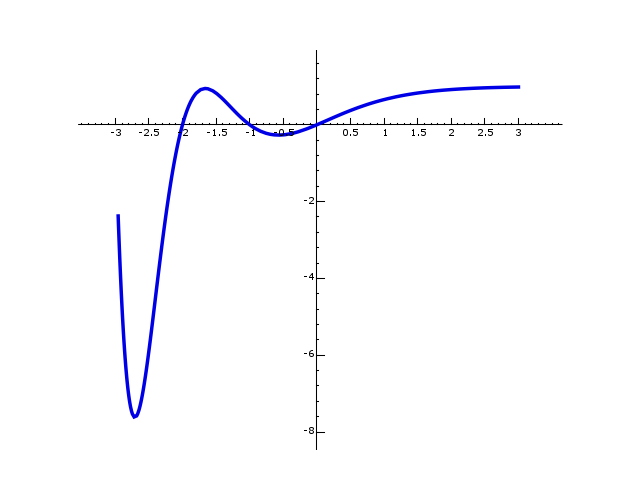
![]()
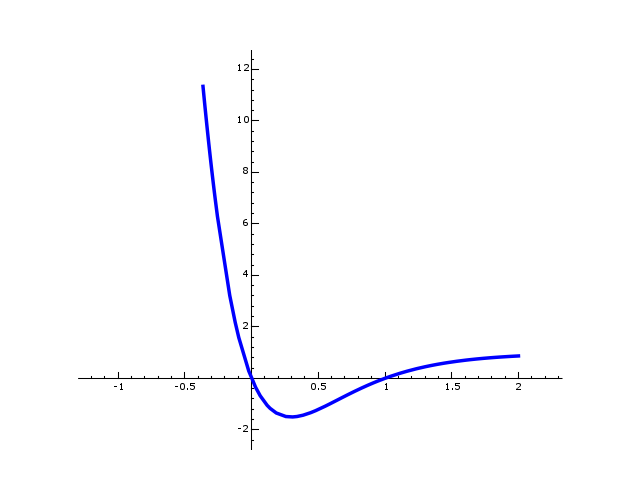
![]()
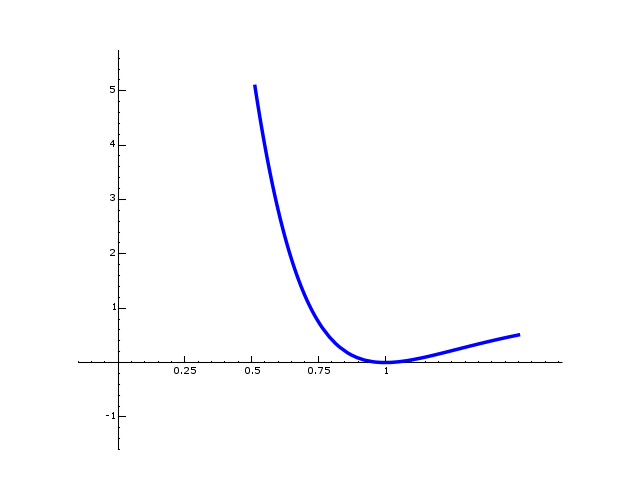
![]()
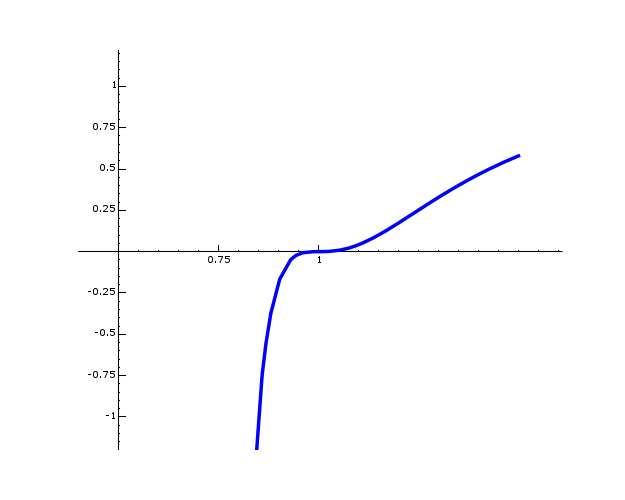
I made them using code like
E = EllipticCurve([-6^2,0])
L = E.Lseries_dokchitser()
P = plot(L,0.5,1.5, plot_points=50, plot_division=50,
rgbcolor=(0,0,1), thickness=2)
(You should find that for
![]() we have
we have
![]() , whereas for
, whereas for ![]() we
have
we
have
![]() .)
.)
sage: E = EllipticCurve([-1^2,0]) sage: E.Lseries(1) 0.65551438857302990 sage: E = EllipticCurve([-34^2,0]) sage: E.Lseries(1) -0.0000000000000000... (the nonzeros at the end are just errors/noise)
def L(n, prec): E = EllipticCurve([-n^2,0]) v = E.anlist(prec) N = E.conductor() sqrtN = sqrt(N) lval = 2*sum(v[n]/n*exp(-2*pi*n/sqrtN) for n in range(1,prec)) return lvalNote: This function is in cong.sage. Just type attach cong.sage if you haven't already and it will magically be available. Then you can enter L? for help and L?? for source code.
for the congruent number curves
E = EllipticCurve([-1,0])
for p in primes(2,100):
print p, E.ap(p)
n = 6
def pl(p):
return plot(EllipticCurve(GF(p),[-n^2,0]), rgbcolor=hue(0.7))
P = [pl(p) for p in primes(5,100) if n%p != 0]
Q = [[P[4*i+j] for j in range(4)] for i in range(len(P)/4)]
show(graphics_array(Q))
# show(graphics_array(Q), axes=False) # if you don't want axes

EllipticCurve([-1,0]).Lseries(1)
E = EllipticCurve([-1,0])
for p in primes(10):
print p, E.ap(p)
Can you say anything about the relation between the
``Mathematicians have always been fascinated by the problem of describing all solutions in whole numbersto algebraic equations like
Euclid gave the complete solution for that equation, but for more complicated equations this becomes extremely difficult. Indeed, in 1970 Yu. V. Matiyasevich showed that Hilbert's tenth problem is unsolvable, i.e., there is no general method for determining when such equations have a solution in whole numbers. But in special cases one can hope to say something. When the solutions are the points of an abelian variety, the Birch and Swinnerton-Dyer conjecture asserts that the size of the group of rational points is related to the behavior of an associated zeta functionnear the point
. In particular this amazing conjecture asserts that if
is equal to 0 , then there are an infinite number of rational points (solutions), and conversely, if
is not equal to 0, then there is only a finite number of such points.''
William Stein 2006-07-07